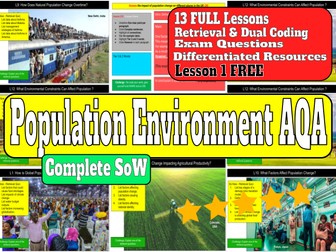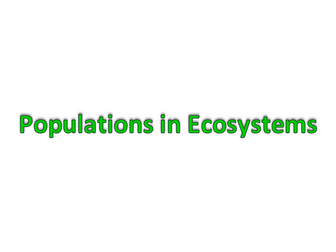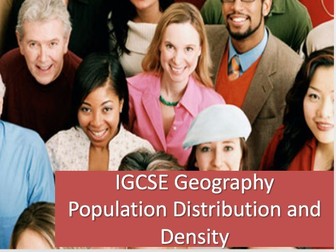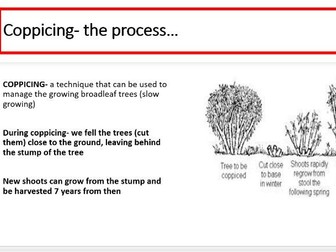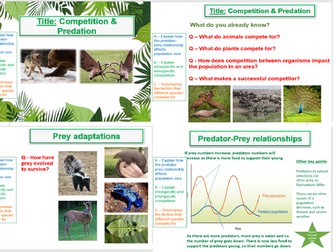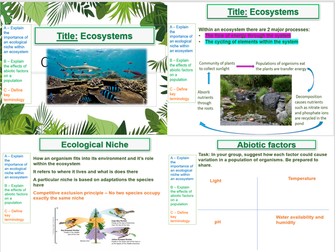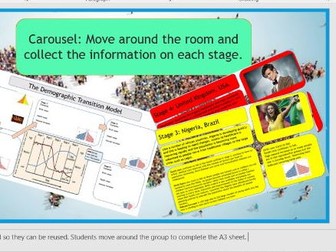Bundle

Population and the Environment AQA
Population and the Environment
AQA A-level Geography
Topic 4: Population and the Environment
FREE - Lesson 1 - https://www.tes.com/teaching-resource/-12690644
This SoW has been created to meet the teaching requirements of Topic 4: Population and the Environment, which is a component of the Geography AQA A-level course.
This SoW is designed in detail and is both differentiated and engaging, and allows you to move pupils through content efficiently. As a result, lessons take around two hours to deliver and hit the required components of the syllabus (see syllabus code).
Made to a high standard and constructed using current research, both dual coding and retrieval practices are at the heart of this unit. A colour scheme also runs throughout to ease both your delivery and students comprehension.
SoW: Population and the Environment
I’m happy to answer any questions you may have prior to purchase and any feedback is of…
thegeographyshoporiginal@gmail.com
Best FREE Resources (The Geography Shop)
https://www.tes.com/teaching-resource/-12899088 (Climate Change SoW)
https://www.tes.com/teaching-resource/-12899440 (Development SoW)
https://www.tes.com/teaching-resource/-12638984 (Waste SoW)
https://www.tes.com/teaching-resource/-12451443 (Britain Globalisation SoW)
https://www.tes.com/teaching-resource/-12741793 (Local Area Investigation SoW)
https://www.tes.com/teaching-resources/bundler/12949461 (Cambridge International)
https://www.tes.com/teaching-resource/-12922653 (Israel & Palestine)
https://www.tes.com/teaching-resource/resource-12485457 (What is Geography?)
I hope you find this SoW useful. If you have, I have created a series of resources.
You can check them out here.
https://www.tes.com/teaching-resources/shop/TheGeographyShopOriginal
